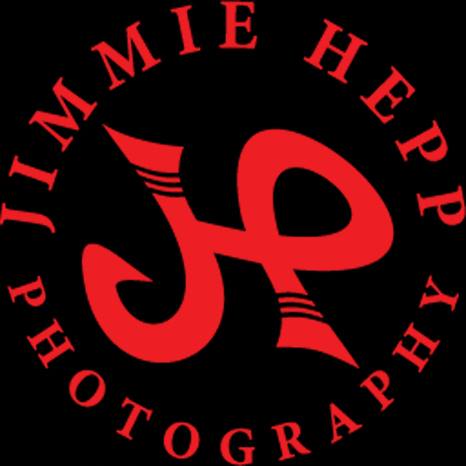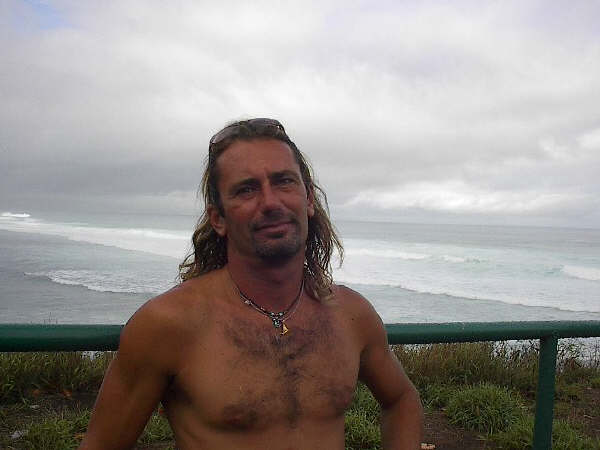No photos of the yesterday, I'm gonna keep fishing in this wonderful gallery from Si Crowther to show some sunshine and the beautiful conditions at Honolua on Christmas day. I'm saving my favorite shot for later...

3-4am significant buoy readings
South shoreLanai
1ft @ 12s from 209° (SSW)
Barbers
1.3ft @ 12s from 199° (SSW)
South swell was knee high at most yesterday and it might be even smaller today. At that open ocean size, I believe the blockage of Kahoolawe is pretty bad. When it's like 3f 16s or more, it wraps around it a lot better. So check the webcam as usual before going.
North shore
N
6.7ft @ 10s from 13° (NNE)
NW001
2.0ft @ 12s from 332° (NNW)
Waimea
1.5ft @ 15s from 332° (NNW)
Pauwela
5.9ft @ 9s from 24° (NNE)
2.5ft @ 7s from 41° (NE)
1.9ft @ 5s from 49° (NE)
1.4ft @ 15s from 358° (N)
Let's first focus on the still going NNE swell. 6.7f 10s at the N buoy and 6f 9s at the Pauwela one mean that this swell has diminished compared to the 9-10f of the past couple of days, but it's still around and it's going to stay steady pretty much all day. Also thanks to its high consistency, it will still constitute the main dish on the table for today.
Worth a mention is the NNW energy that at the NW001 buoy is already down to 2f 13s and at Waimea and Pauwela it must be kind of peaking at around 1.5f 15s. The NW101 buoy is not reading it, but I pointed out many times how not particularly sensitive that one is to small readings like this. Anyway, that will add a bit of energy to the waves on the north shore, in the form of occasional more organized sets.
That'll give you guys an easy opportunity to try to distinguish between the two main swells in the water, since the difference between 9 and 15 seconds is very evident. Once you start analyzing these kind of things, you'll develop the ability of judging the period of a swell without having to count the seconds (which instead you need to do in the beginning). You just look at the distance in space between the waves and you'll have a rough idea of what the period is. It's not only the distance of course, it's also the speed the waves move and how they break upon the reef. The more you look at those details, the more you learn the characteristics of a swell of a given period.
Last week, during an awesome windsurfing session, I looked at a beautiful incoming big set shoaling on the reef and though:"oh, that's so 17 seconds!". I checked Pauwela afterwards and it was.
And then you'll start developing your favorite combos of size, period and direction for each of the spots you surf. It takes a while, but it helps a lot in the selection of the spot.
For example, if Pauwela reads 5f 14s from 315, I know immediately where to go surf. The wind and the crowd of course will be even more important factors, but nonetheless what I just described is the kind of knowledge I'm trying to help you guys build with this blog.
Current wind map shows:
1-2) couple of NW fetches
3) a new NE fetch. The low north of us has stopped producing waves (at least, that's how it looks from this image), but it seems that there will still be energy from that NE direction, as I anticipated in the Dec 28 call
4) another decent fetch down under, this little flurry of out of season small southerly pulses should start showing on Tuesday

NAM3km map at noon shows side-on winds on the north shore. Check the Kihei webcams if you feel like sailing there.

At least it seems that we're out of the worse weather (satellite picture at 5.30am). Thanks to the precious advice of blog reader Ben, I updated the link n.6 and now it does not require Flash.








No comments:
Post a Comment